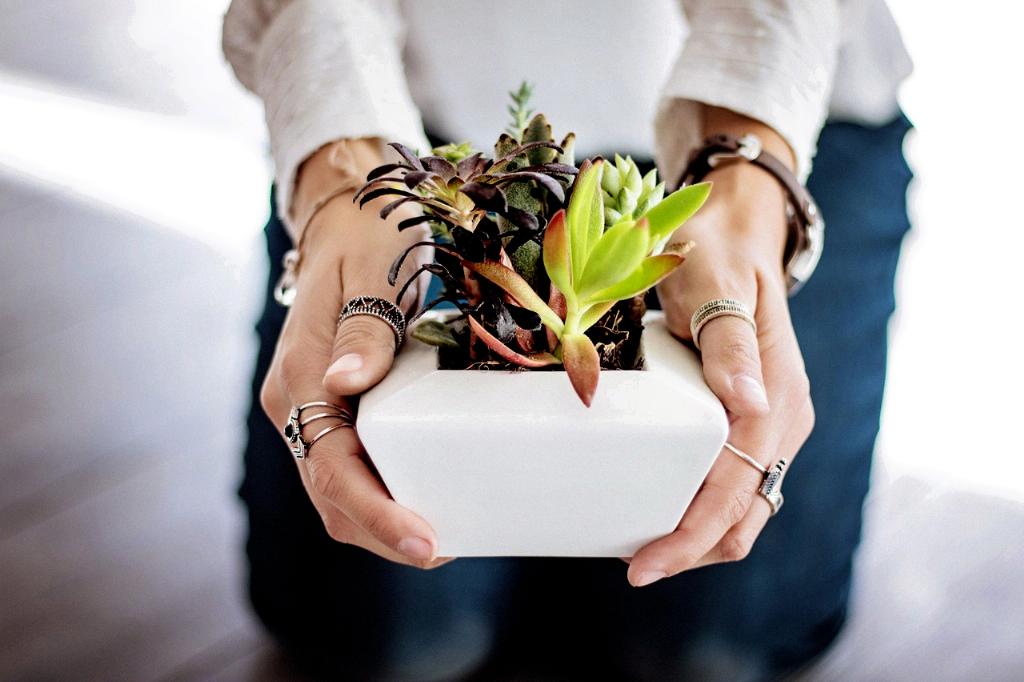When it comes to caring for succulents, one of the most common issues that plant enthusiasts face is underwatering. Being able to recognize the signs of an underwatered succulent is crucial in ensuring the health and vitality of your plants.
If you notice that your succulent is looking shriveled and droopy, it is a strong indicator that you are not providing enough water to your plant. Succulents store water in their leaves and stems, so when they are deprived of moisture, they will start to wrinkle and lose their turgidity.
Another telltale sign of underwatering in succulents is when the leaves start to lose their plumpness. Normally, well-hydrated succulent leaves are firm and juicy, but when they lack water, they become flat and slightly deflated. This change in texture is a clear sign that your succulent is thirsty.
In addition to the physical appearance of the plant, you may also notice that the growth of an underwatered succulent slows down significantly. Succulents require water to fuel their growth processes, so when they are not receiving an adequate amount, they will prioritize survival over expansion.
Furthermore, an underwatered succulent may exhibit signs of stress by changing its color. In some cases, the leaves may start to show signs of discoloration, such as browning or yellowing. This change in color is a response to the lack of hydration and nutrients reaching the foliage.
As the drought stress continues, an underwatered succulent may start shedding its older leaves to conserve energy. When a succulent is not receiving enough water, it will prioritize the growth and health of newer leaves over older ones, leading to leaf drop and a sparse appearance.
Another common indication of an underwatered succulent is the appearance of wilting or softening stems. Succulents rely on water to maintain their structural integrity, so when they are dehydrated, their stems may become limp and bendable, unable to support the weight of the plant.
It is important to note that different succulent species may exhibit specific signs of dehydration based on their unique characteristics. Some succulents have thick, fleshy leaves that may show more dramatic wrinkling, while others with thinner leaves may become translucent or puckered.
When assessing whether your succulent is underwatered, you can also consider the frequency of watering and the soil moisture levels. Succulents require well-draining soil and infrequent watering to prevent waterlogged conditions, so if you are watering too sparingly, it could lead to dehydration.
In conclusion, recognizing the signs of an underwatered succulent is essential for maintaining the health and vibrancy of your plants. By paying attention to the physical appearance, growth patterns, color changes, and overall vitality of your succulents, you can ensure that they receive the water they need to thrive.

